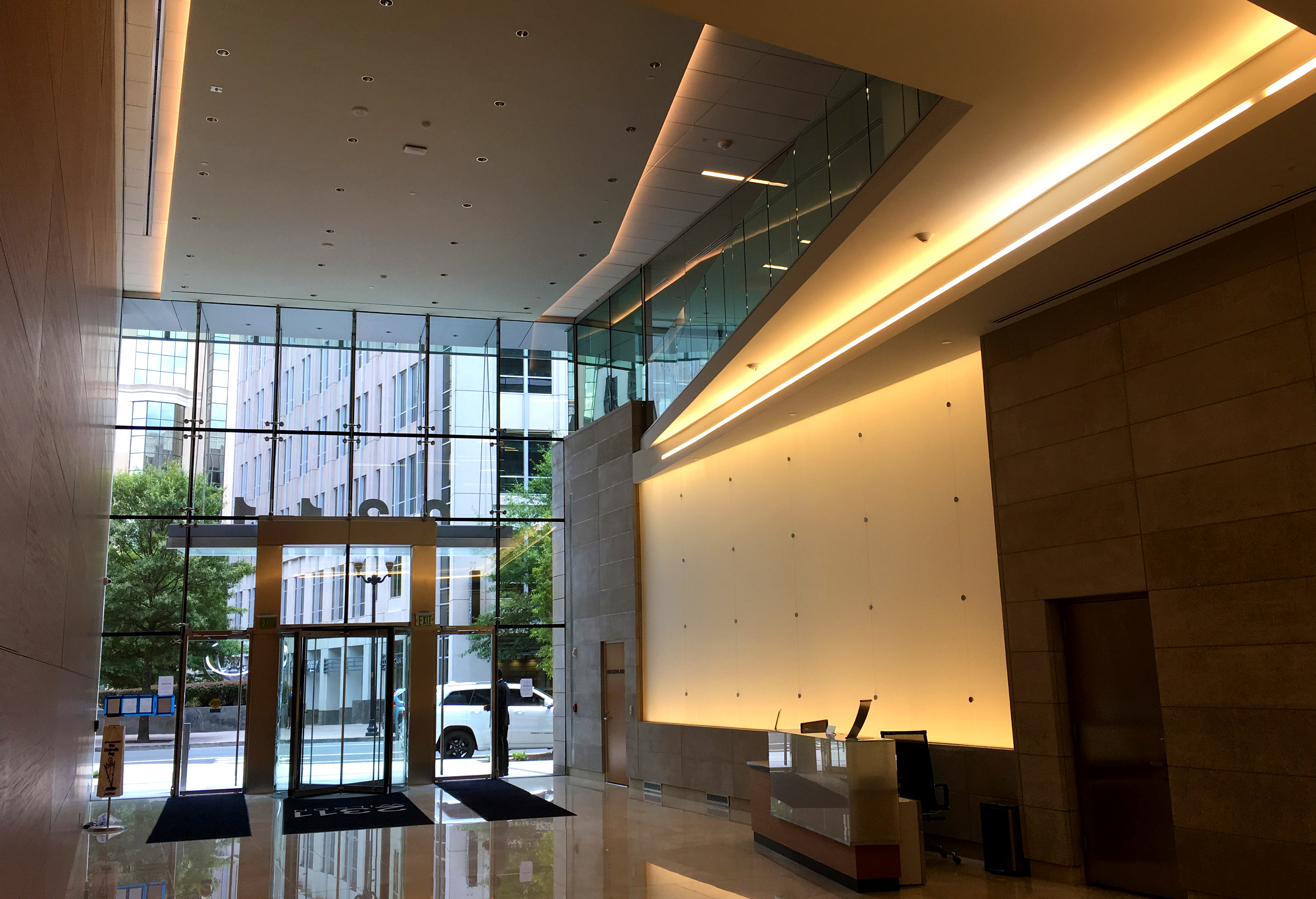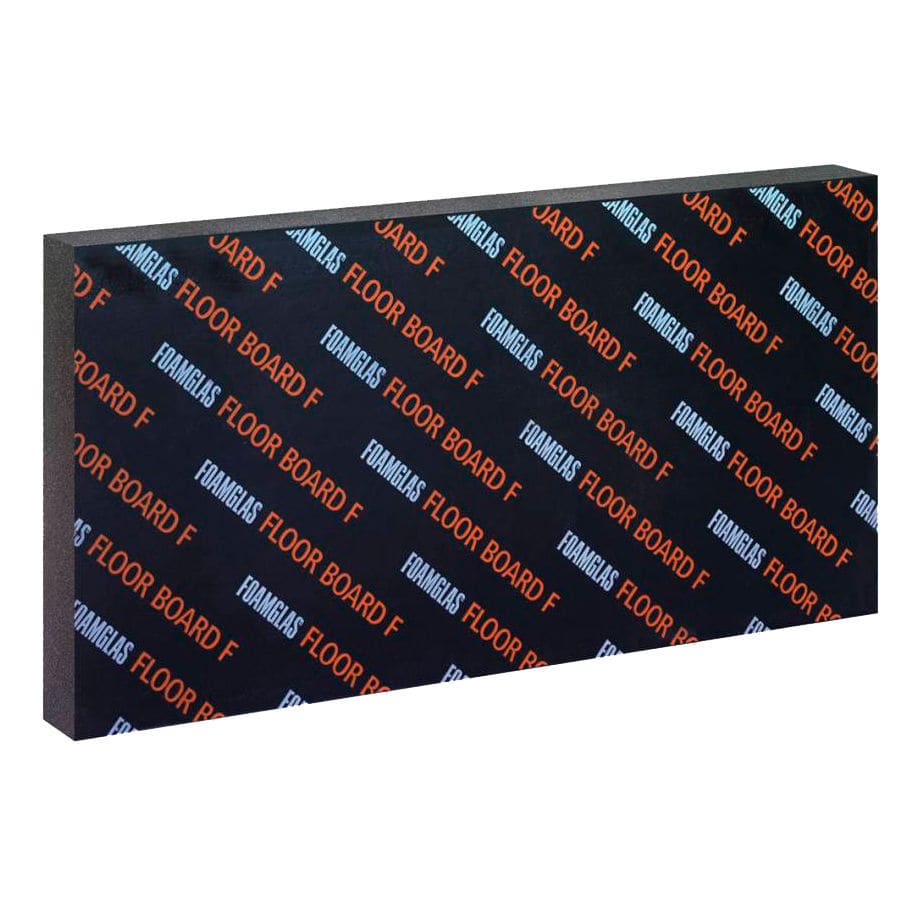

Comparisons are made between “stiff” interlayers (like Ionoplastic Polymers) and “soft” interlayers (like PVB). Here, the whole process of single-curvature CLB, including the phase of release and the consequent contact problem with the constraining mould, is analyzed using sandwich beam theory. Releasing the laminate, the curvature is only partially maintained through the interlayer bond, due to an initial spring-back followed by the relaxation of the polymeric interlayer. Among the considered cases, the optimal configuration is sinusoidal, because it provides the smoothest distribution of shear stress with inappreciable differences with respect to the circular shape.Ĭold-lamination-bending (CLB) of glass consists, first, in constraining the unbonded glass-interlayer package in the desired curved shape and, second, in performing the lamination process in autoclave.

For the same sag, better linear or cubic distribution of shear stress are attained with slightly different deformations, compatibly with glass strength. Remarkably, the simplest constant-curvature deformation, often used for cold bending, produces high shear stress concentrations in the interlayer with consequent risks of delamination. A “conjugate-beam analogy” is proposed for the inverse problem, i.e., to determine the cylindrical deformed shape that, at a prescribed time, provides the desired state of stress. Considering an equivalent secant elastic shear-modulus for the interlayer to account for its viscoelasticity, various conditions for cylindrical deformations are analyzed in detail. The direct problem consists in calculating the spatial and temporal evolution of stress after cold-bending. Their static state varies in time due to the viscosity of the polymeric interlayer, which causes the decay of the shear-coupling of the constituent glass plies. Comparison of the cases of instantaneous or gradual release of the contact with the mould, evidences a remarkable reduction of the transient state of stress in the second case.Ĭold-bending of laminated glass panels, by forcing their contact with a constraining frame, is a promising technique for free-form glazed surfaces. Localized contacts with the mould and stress concentrations may occur, depending upon the type of profile that is initially imposed. Within a variational approach, we analytically describe the relationship between the mould shape and the shape of the curved beam, which is time-dependent due to the viscosity of the adhesive layer.

The model problem considered here is that of two Euler-Bernoulli beams coupled by a thin viscoelastic adhesive layer. After removal of the constraint, the shear coupling through the glue maintains the curvature only partially, because the laminate suffers an initial spring-back followed by a long-term relaxation. Possible applications range from glued laminated timber manufacturing, to cold-lamination-bending of structural glass. Other shapes, just slightly different, are much more performant in terms of stress state.Īn analytical study is presented for the bent-lamination of curved layered beams, a process consisting in gluing the constituent plies together after they have been elastically bent against a constraining negative mould. Remarkably, it is demonstrated that the most used constant-curvature shape is perhaps the most critical configuration to achieve, because it produces high stress concentrations in the interlayer. This can be extended to cold-lamination-bending, allowing to evaluate not only the stress distribution, but also the (time-dependent) deformed shape of the panel. These methods are widely developing because they allow for the construction, at relatively low cost, of curved free-form glazed surfaces with no need of negative moulds and ovens used for traditional hot-bending processes.īased on sandwich beam theory, a method has been proposed to find the time-dependent stress state in both glass and interlayer during cold-bending.

When releasing the assembly, the curvature is only partially maintained through the interlayer bond, and the laminate suffers a spring-back followed by a relaxation, due to the interlayer viscosity. Due to the interlayer viscosity, the element exhibits a stress relaxation from the instant in which it is positioned.Īnother possibility is “cold-lamination-bending”, also known as “warm-bending” of laminated glass, which consists in curving the unbonded glass-interlayer package in the desired shape and in performing the lamination process in autoclave in this curved configuration. Curved transparent panels can be obtained via “cold-bending”, by elastically constraining laminated glass in the desired curved shape. Architectural trends move towards free-form building envelopes.


 0 kommentar(er)
0 kommentar(er)
